Many speak of tourism in order to attract people from other countries, showing biodiversity, gastronomy, the characteristics of local people and lodging, but they do not highlight tourism that includes people with disabilities. It is important to show what happens with accessible tourism for that reason, that special article.
A few days ago, it became known that Costa Rica already has 13 accessible beaches for people with disabilities.
Playa Herradura, was the most recent beach inaugurated by the Costa Rican Network
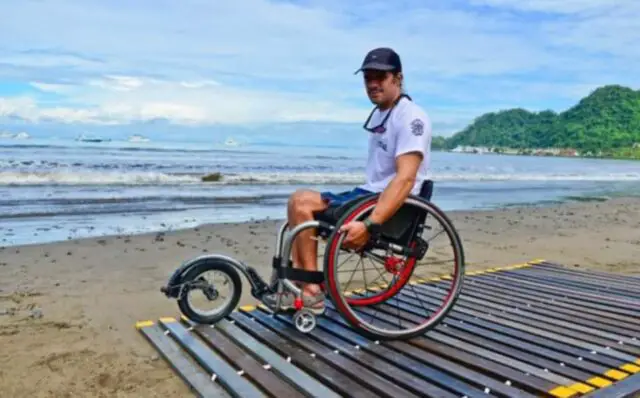
of Accessible Tourism, within the framework of the International Week of Social Tourism.
The Costa Rican Network of Accessible Tourism, is a Non-Governmental Organization that promotes tourism with this approach of inclusion, accessibility and universal design, but also has the vision of sustainable tourism and circular economy.
In this regard, representatives of the Network hope that these new conditions will add to the tourist attraction of the area and become a vital component for the economic reactivation of the area.
It is worth noting that the main purpose of the Costa Rican Network of Accessible Tourism is to generate spaces for tourism and special recreation for people with disabilities.
Other accessible tourist sites in Costa Rica
Among the sites that stand out as accessible for people with disabilities, Playa Hermosa, Guanacaste has a retractable walkway, an amphibious
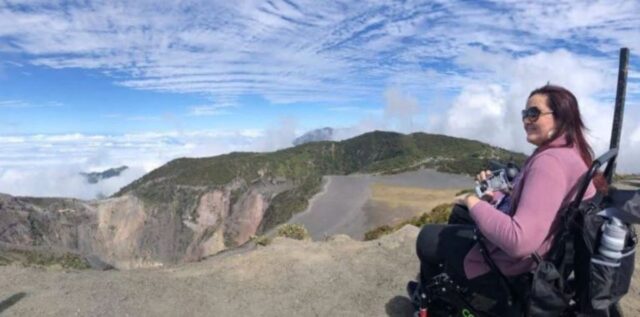
chair made of recycled plastic wood. We also have Madrigales beach, Jaco, it has a retractable walkway, amphibious chair loan, lifeguards, accessible external showers and
person providing assistance.
Playa Hermosa, Dominical, is another of the accessible beaches, which has an outdoor shower, retractable walkway (18 m), amphibious chair loan and lifeguards. Playa Samara, Guanacaste also has and has services such as: a pier 30 m long, 4 m wide, with lamps, benches and access ramps to the beach, retractable walkways in the sand, only during the summer and, of course, life guard.
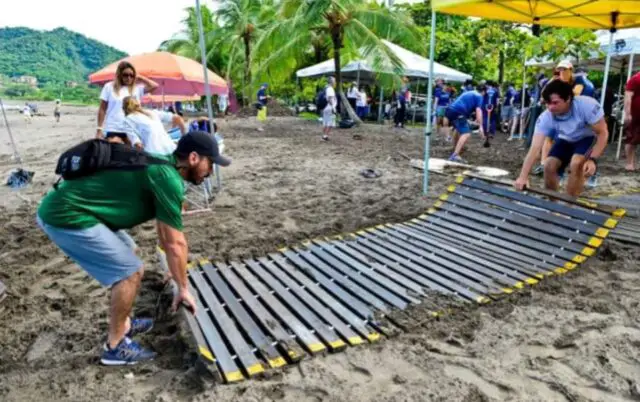
Espadilla Beach located in Manuel Antonio, has services such as: 48 m of retractable walkway and 2 amphibious chairs made of recycled plastic wood. Playa Cieneguita, Limón is another included in the list of accessible beaches, and has retractable walkway services, there is also an amphibious chair loan and lifeguards.
Very important, and it is that none require prior reservation.
What does it take to make an accessible beach?
According to the Costa Rican Network of Accessible Tourism, to generate accessible beaches, a public-private alliance must be created, where the local government (municipality) and other organizations that work in the area, including people with disabilities, are linked.
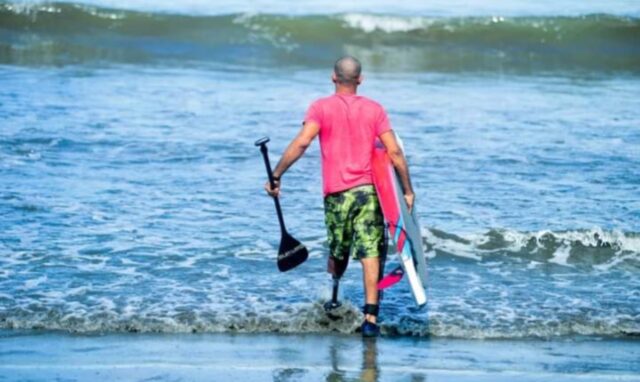
Among the main requirements that must be taken into account to have an accessible beach, you must know an accessible urban environment, with sidewalks and ramps; a parking lot reserved for people with disabilities; retractable gangways to facilitate mobility in the arena; amphibious chairs to facilitate access to the sea, accessible showers to remove the sand, as well as accessible toilets; accessible areas where people with disabilities and their companions, among others, can be.
Important data
In 2018, it was known through the National Survey on Disability, that in Costa Rica there are 670,640 people over 18 years of age with disabilities and it is estimated that, counting minors with disabilities, their families and personal assistants, they could reach or even exceed 1,000,000 people.
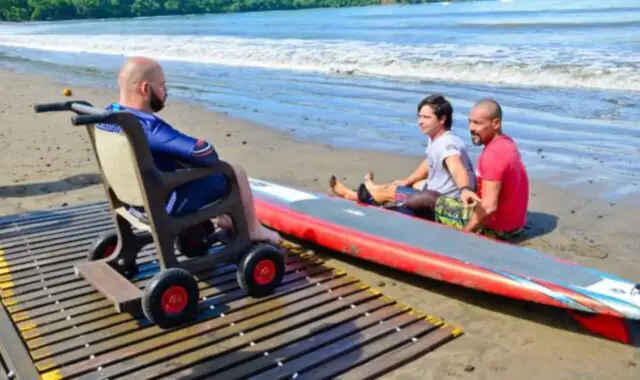
In Costa Rica, there are also some National Parks and hotels with accessibility, of course, there are still places of tourism in mountains and beaches where a person with a disability cannot go to visit.
National Parks such as: Poás Volcano, Irazú Volcano, Carara, Santa Rosa, Guayabo National Monument and Manuel Antonio, are some of the most interesting and representative that are part of an accessible route.
The first Universal Path (a path that allows anyone to travel it autonomously), was built in the Carara National Park.
Since the parks began to adapt for people with disabilities, the influx of tourists has increased.
Thanks to the initiative in Costa Rica to be inclusive, more accessible in various areas or places, the Central American country has received recognition, highlighting the Lonely Planet publication, which referred to it as the best accessible destination in the world by offering adequate conditions so that the disabled traveler enjoys the tourist offer without major complications.
The recognition was last year 2021.
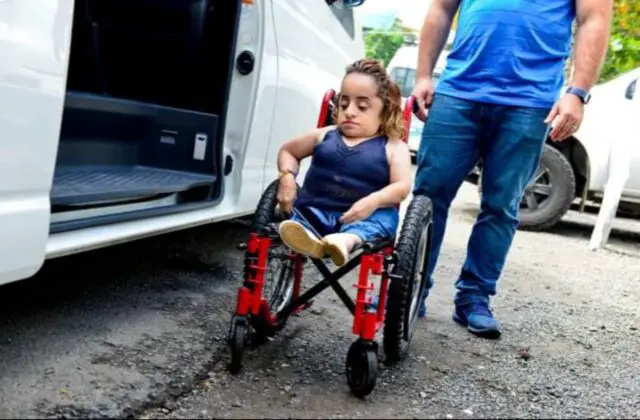
Finally, Lonely Planet pointed out that Costa Rica is prepared to receive travelers and offer them inclusion in experiences such as exploring tropical forests, paradisiacal white sand beaches, even enjoying more extreme practices, such as surfing and zip line.

For those who have experienced shifts in consciousness and know that more peace, joy, and love awaits in a better living environment. A bold shared vision. A living community and hub for innovation. A sustainable ecosystem for living and working. A model for the new future.
